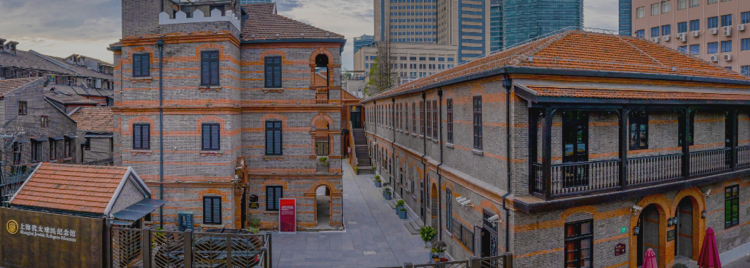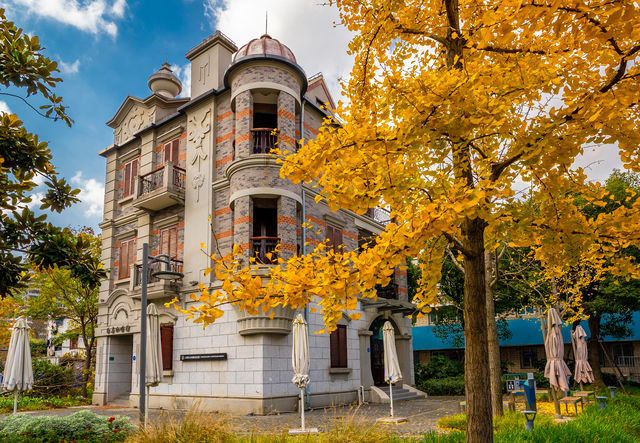

About Us
The Shanghai Jewish Refugees Museum was established in 2007 with the Moshe Synagogue as its core body. The museum tells the history of European Jewish refugees who came to Shanghai in the 1930s and 1940s to escape Nazi persecution and shared weal and woes with the Chinese people.
In December 2020, the expansion of the museum was completed, covering an area of more than 4000 square meters. Through nearly 1000 pieces of precious cultural relics and historical materials, more than 160 vivid personal stories, more than 10 recreated scenes, and the “The Wall of Names of Jewish Refugees in Shanghai” engraved with 18578 names, the museum vividly and authentically exhibits the history of Shanghai Jewish refugees.
On Zhoushan Road and Huoshan Road near the museum, there still stands the historic buildings that have connections with Jewish refugees, such as the former site of the American-Jewish Joint Distribution Committee (JDC), the Roy Roof Garden, Blumenthal's former residence, Huoshan Park and other historical buildings and sites, which record the stories from back then.
Moshe Synagogue
The Moshe Synagogue is located in the Shanghai Jewish Refugees Museum. It is one of the two remaining synagogues in Shanghai. In 1927, Russian Jews jointly raised funds to build the synagogue of Moshe. During World War II, it became a place for Jewish refugees in Shanghai to gather around and hold religious ceremonies. In 2007, based on the original blueprint, the Moshe Synagogue underwent a comprehensive renovation to restore to its original appearance, and the Shanghai Jewish Refugees Museum was established with it as the core building.
White Horse Inn
The White Horse Inn was first opened in 1939 by Rudolf Mosberg and his wife, who fled from Vienna, Austria to Shanghai. It was popular among Jewish refugees who had left their homes and served as their daily gathering place. The original location of the Inn was at the intersection of Changyang Road and Lintong Road. It was demolished in 2009 as part of the widening project of Changyang Road. In 2015, it was rebuilt at No.67 Changyang Road in a 1:1 ratio and retained some of the original building components and furniture.
Site of JDC
The full name of JDC is the American Jewish Joint Distribution Committee, which was established in 1914 in New York, the United States. In 1938, a branch office was set up in Shanghai, located at No.119-121, Huoshan Road. JDC was one of the most important relief organizations assisting European Jewish refugees in Shanghai at that time, with the aid funds mostly used to build refugee camps, soup kitchens and hospitals.
Huoshan Park
Located at No.118 Huoshan Road, Huoshan Park was built in 1917 and originally called Studley Park. During World War II, it became a place for Jewish refugees living in Hongkou to rest and gather around. In 1994, a “Jewish Reunion in Shanghai” event was held, and a memorial to "The Designated Area for Stateless Refugees" was set up in Huoshan Park.
Site of Roy Roof Garden (Broadway Theatre)
In 1928, Odeon Theatre Company, an American company, invested in the construction of Broadway Theatre. It was officially opened in September 1930. In 1939, Jewish refugees rented and renovated the rooftop of the theater, making it into the Roy Roof Garden, also known as Macquarie's Roof Garden, a well-known gathering place for Jewish refugees at that time.
-
Photos of some historical buildings that have connections with Shanghai Jewish refugees.
-

Moshe Synagogue
-

White Horse Inn
-

Site of JDC
-

Huoshan Park
-

Site of Roy Roof Garden

